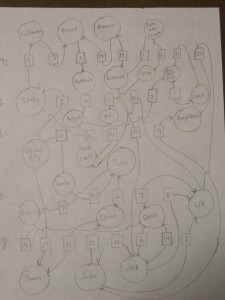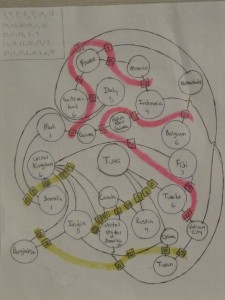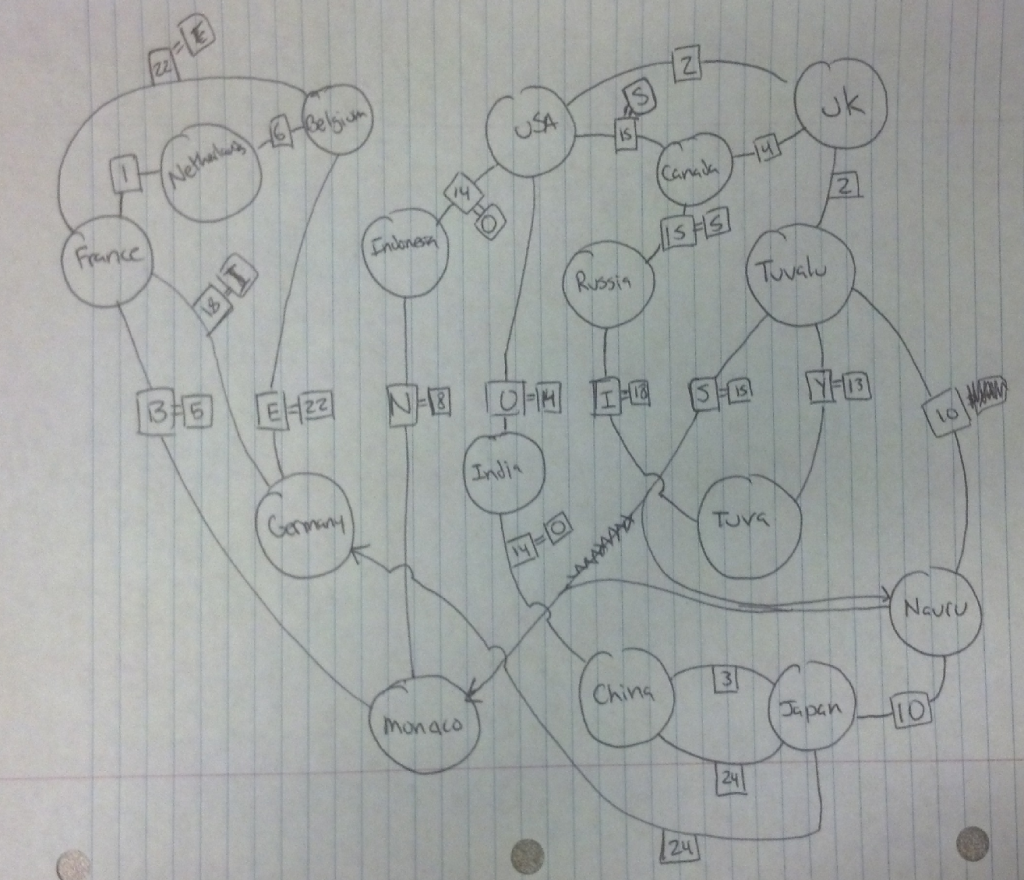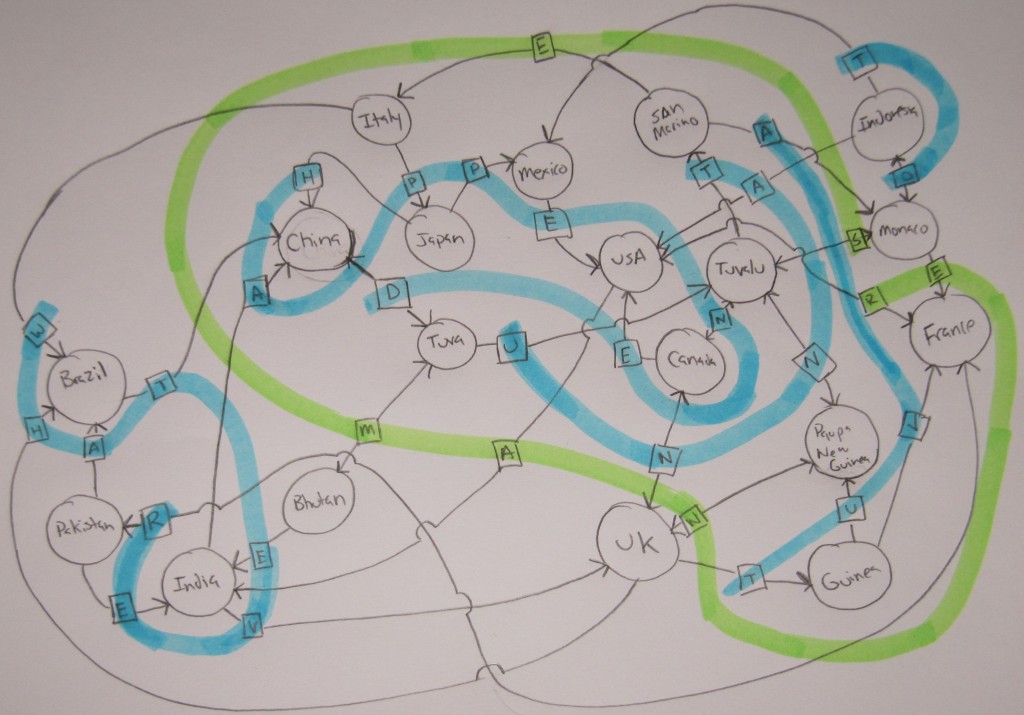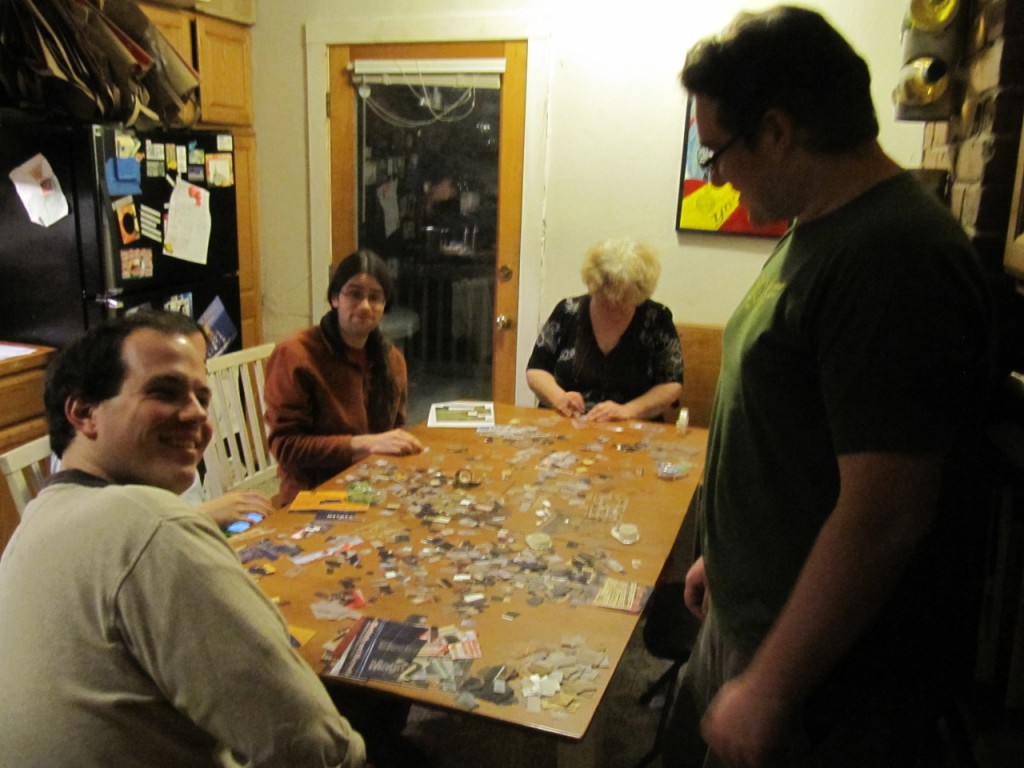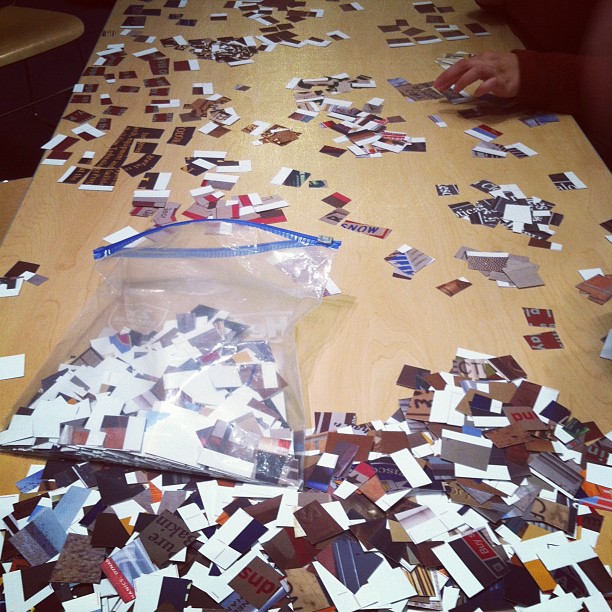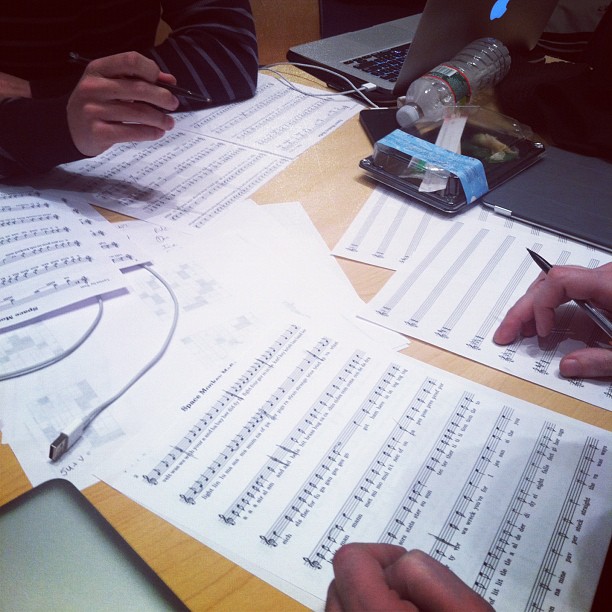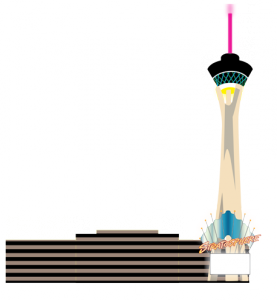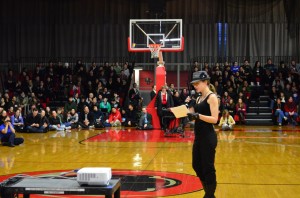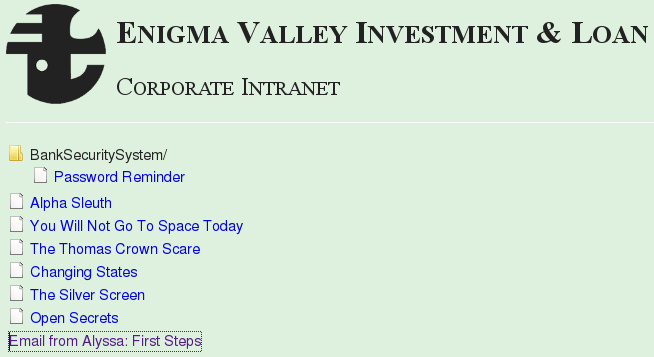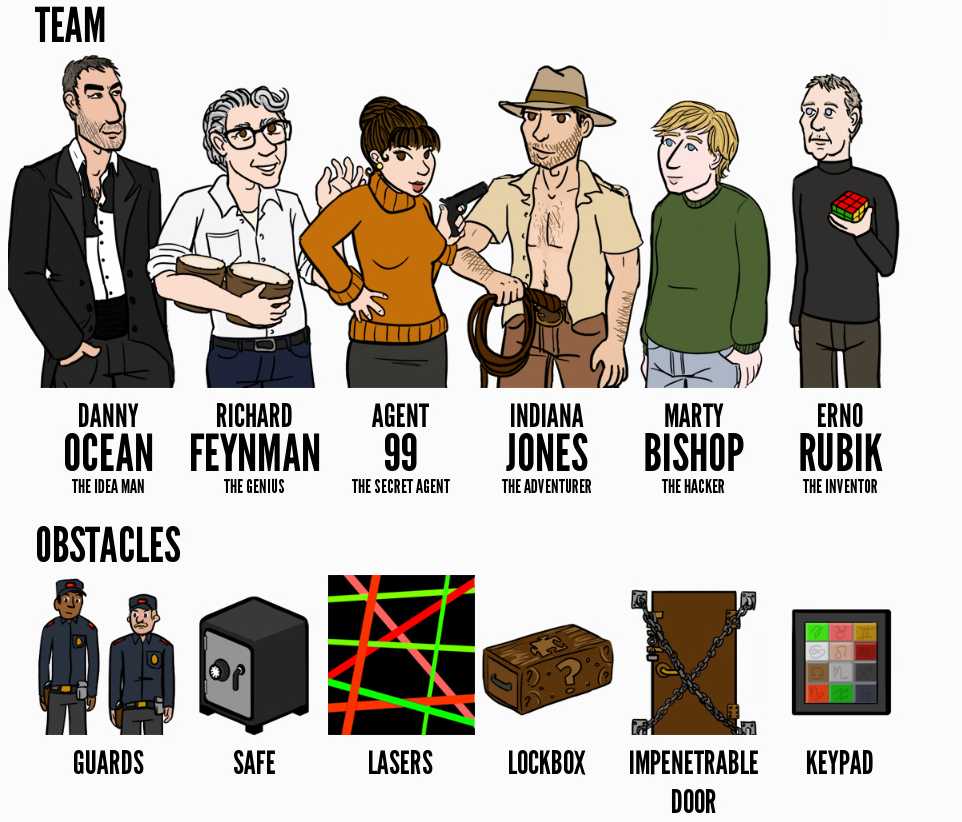This month, some guy has been orchestrating a bunch of buyouts of Magic: The Gathering cards; specifically, legacy staples. MTGPrice did an interview with him. He also posted this video. I want to use generous assumptions and the information provided via these sources to estimate how much money one can make per year via the buyouts strategy. I will first estimate how much you can make per year via making non-buyout deals like the ones he talks about, then move on to discuss only the buyout strategy.
Facts from the interview and the video
- Bitterblossom bought 65 copies at $5 sold 65 copies at $22.5
- Moat bought 41 copies at $375
- Rest in Peace bought 1000 copies at $0.7
- Lions Eye Diamond bought 150 at $130
- Buyouts in the last month: Lions Eye Diamond, Moat (2)
Assumptions I’ll be making
- Bitterblossom bought in February 2008, sold May 2008
- All 41 Moats can be sold over the course of 3 years for $655 (the current price)
- All 150 Lion’s Eye Diamonds can be sold over the course of 3 years for $193 (the current price)
- Rest in Peace bought at it’s most recent low in December 2014 and sold today for $4.55
- Sales priced via outside websites incur at 15% penalty off these TCG Mid prices to account for shipping and selling at TCG low, etc…
Warmup
Lets start by looking at the non-buyout deals.
Bitterblossom
This was clearly not a buyout, but we have some numbers so lets do some math. May 2008 was the first time Bitterblossom could be sold for the price listed, and he stated that be bought them when they were spoiled which is February 2008. He sold them for a grand total of $1462.5. We won’t apply the sell penalty here because we took his word on the sell price. He paid $325. This gain took 3 months. So he made $379.16 per month on this deal. That’s $4550 per year if you can make other deals that are similarly profitable.
Rest in Peace
This is also clearly not a buyout but again we can do some math. If he is able to out 1000 copies at today’s prices he makes grand total of $4550. We need to apply the 15% penalty so he really makes $3867.5. He paid $700, so net profit is 3167.5. This gain took 20 months. So that’s $158.375 a month, or $1900.5 a year. He thinks it will go up to $10, but I can’t tell how long that will take. He’s already had this investment for 20 months so its certainly a long term hold.
These are the deals he tells us about to make him look smart, but let’s be generous and say that the Rest in Peace deal, which makes far less, represents the average non-buyout deal he does. We don’t know the size of his bankroll but let’s assume he can afford to make 5 such bets a month, every month on continuing rotating basis. That would earn him $114,030 a year. It would imply bankroll of $42,000 per year until the deals start to come to fruition. We were being generous. If his average deal, including the bets that lose money is only half as good as this Rest in Peace deal then the same implied bankroll would only net $57,015. What are the chances the the second best deal he tells us about is 2x as good as his average deal? Pretty high.
Why these assumptions
In the video and the interview he clearly states that he is not running a pump and dump, but he instead plans to hold the cards long term. He indicates that he expects all staple reserve list cards to be bought out every 2 to 3 years going forward. Therefore, since he also indicates that he is doing this to support his family, we assume he takes this first available out.
I think he is correct in assuming that the total supply of reserve list cards is fixed. No more will ever be created and no large fraction will be lost. Every time one leaves the market, the price goes up by a fixed amount, assuming demand remains constant. We can estimate from his buyout of Lion’s Eye Diamonds (LED) that this is $0.42 per copy. That’s the current price minus the price he paid over the number of copies he bought. We neglect the intimidate spike price because that only exists because people are slow to react. Being fast to react as a seller doesn’t work because buyers are still slow to react, so we can ignore the spike in all cases.
His goal is to wait for another buyout in 2-3 years. Let’s assume the second buyout is the for same number of cards on the same supply curve. So if there was no organic growth between now and then, the price would rise to $256. Let’s assume, as he states in the video this is when he starts selling his LEDs. Each one he sells lowers the price by $0.42. So the last one he sells will net him $193, and the average one he sells is worth $225. Because we assumed the buyouts to be the same size, his selling totally undoes the effects of the second buyout, but because the second buyout occurs, he makes an extra $4,800 before any transaction penalties.
He also makes whatever organic growth occurs. That could be positive or negative. Everyone who owns a card makes the organic growth, all the time. It is true that if you want a large multiplier on this growth for a low supply card like LED that you must buy them out, simply because there aren’t enough cards.
Now, the person who does the second buyout gets screwed here. They don’t increase the price of the card at all. Well, it will increase slightly if their buyout is larger or decrease a bit if their buyout is smaller. But really for the second buyout person to make any real bank a third buyout will need to occur. I can not argue whether or not a second buyout will actually occur. Because that depends on the third buyout occurring and so on. However, they could occur because people with cash money often don’t understand economics. I will estimate two scenarios one where they occur and one where they do not.
Lions Eye Diamond
What has the organic growth been on this card for the past 3 years. Well, in January 2013 LED cost $90. Now, prior to the buyout it cost $130. The entire gain is due to the printing of eternal masters, which spiked all legacy staples on the reserve list. I’m counting this as organic growth because it was not bought out by one person. It was a general expectation that complimentary cards would come down in price and increase demand for LEDs. It turns out that no complimentary cards came down in price, because storm deck cards avoided the reprint in Eternal Masters.
Will there be another spike like this in the next three years? I don’t know, but I’d bet not. The similar situation is Modern Masters 1 and 2 and infect. I’ll assume there is another eternal masters release in the time frame. Will it include storm cards? I don’t think so. Modern Masters 1 did not include infect because it was too good for the draft format. The same thing was true of Modern Masters 2, so it again was not in the set. Storm was not included in Eternal Masters 1, presumably because it was not a good fit for the draft format. The same will be true for Eternal Masters 2. Therefore, its unlikely that storm cards will get a reprint. When the price of a good goes down, the price of complimentary goods goes up. However this didn’t happen, and I don’t think it will happen, so really I’d expect the natural growth of LED to be negative from a $130 price point, trending back down towards the $90 price point which held steady for years before Eternal Masters.
Lets say it would have only made it back down to $100, without the buyout. Because of his buyout though it won’t go back down that low. It will be $0.42*150 = $63 higher than it would otherwise be. So that’s $163. I used $193 in my assumption, which is larger than I really expect the price to be in three years by $30, which is the amount I expect the card to drop due to natural growth. We disagree on the expectations of natural growth, so its fair to assume zero natural growth.
We’re going to assume he sells all copies in 3 years at $193, so he makes $24,607.5 after the 15% penalty. He paid $19,500. So he makes a net profit of $5107.5 over three years. So his profit per year is $1702.5.
If we add in the effect of selling into the second buyout we add $4080 in post penalty profit, or $1360 per year.
Moat
The buyout price per card for this is a whopping $6.83, compared to LED’s $0.42. Again I’ll assume an equal sized buyout starting from the current price. That’s puts Moat up to $935. The average price from selling into the buyout is $795, so the extra earn from selling 41 copies into this buyout then is $5740.
The price on Moat has organically grown by $10 over the past 3 years. That’s not a good return on a $375 investment, so I’m ignoring it.
Assuming he sells all 41 copies for today’s current price at an average three years from the buyout date makes $22,826.75 after the 15% penalty. He paid $15,375, so he will net, with these assumptions $7451.75 on this deal in three years. So this is $2483.91 per year.
If we add in the extra earn from selling into a second buyout he makes an extra $4879 after the 15% penalty. This adds $1626 per year.
Per Year Profits
Let’s further assume that these deals are typical and he’s makes them a typical rate of 2 per month. First, lets average the profits and costs for these two deals. An average buyout deal costs $17,437.5 to execute, and results in profit per year of $2093 or by selling into a second equally sized buyout $3586. Two of these deals per month every month costs $418,500 in bankroll per year until they come to fruition. It results in a profit per year of $50,232 or $86,064 if he is able to sell into the next buyout. So the best case I’m giving him he makes a 20% annual rate of return, and my expected case is 12%.
So if he is to keep doing this at the current rate, neglecting the fact this there may not be 24 staple reserve list card per year to speculate on, he’ll have to put in $1.25 million before he makes his first, in the best case, $258,192. That profit covers 14 of the 24 buyouts that occur in year 4, assuming buyouts cost the same then as they do now, on average. We know he doesn’t have this kind of bankroll, as he discusses that this kind of bankroll is not present in magic.
So, he will likely make between 12-20% on his investment, unless his investment reduces the number of magic players who care about playing legacy (likely). That’s pretty good, if you can keep doing it (which is hard). My real point, however, is that he’s almost done. He can not single-handedly create a new normal where buyouts occur at the current rate. Clearly, others can contribute and create this new normal of monthly buyouts. At least until they run out of good cards to speculate on in this way.
